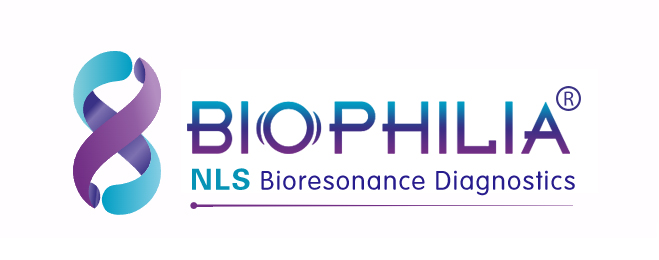Diagnosis of muscle trauma by Biophilia Tracker
- Russell
- March 03, 2025
- 420
- 0
- 0
Depending on the mechanism of injury, lower limb muscle injuries can be divided into three categories.
1. Damage caused by overexertion. Intense starting stress, especially with insufficient warm-up and excessive cooling, can lead to rupture. Also in case of excessive exertion, the muscle may be overstretched, which in turn may lead to compartment pain or damage, which is most typical for the adductors of the hip and the posterior muscles of the hip.
2. Actual trauma caused by external damaging factors - direct or indirect (fall) blows.
3. Trauma that develops due to continuous overload, «chronic microtrauma».
Usually, microtrauma and muscle rupture occur at the transition site from muscle to tendon, because at the transition site the mechanical durability of muscle and tendon is different, and the tissue loses homogeneity.
According to J. Comtet and W. Muller, complete rupture occurs in muscles with isolated function. In the quadriceps femoris of the thigh it is m. rectus femoris, without any synergistic effect. Such trauma occurs more often in hockey players after a hit with a hockey stick. The most frequent site of injury of the rectus thigh muscle is the musculotendinous transition. Partial ruptures are more common in the biceps thigh and adductor thigh muscles. The integrity of the adductor muscle is disrupted not only at the transition from muscle to tendon, but also at the attachment to the pubic bone. In medical literature, such trauma is called «ARS-complex» (adductor rectus syndrome). As the term implies, along with the injury of the adductor muscle, the rectus abdominis is injured at its attachment to the symphysis.
Conditional muscle injuries can be divided into microbursts (affected zone 3-5mm) and ruptures greater than 5mm. Trauma can be longitudinal - along the muscle fibers, or transverse. Longitudinal trauma is more common, easier to diagnose and treat. NLS graphics visualize hematomas and synovioma at the site of trauma. In transverse bruises and ruptures, NLS images are polymorphic due to atypical traction and muscle ischemia, which complicates diagnosis.
The application of NLS scanner with Biophilia Tracker allows visualization of muscle injuries in sports trauma with high accuracy. The following signs are typical.
1. NLS-ultramicroscopic scanning shows abnormal structural properties (streaks) of the trauma area, with visible moderately hyperchromic linear structures corresponding to the myofibril bundle sheath (5-6 points on the Fleindler scale).
2. The presence of darkly stained and isochromic areas of various sizes with unclear outlines - hematomas. NLS-angiography plays an important role in its diagnosis. NLS-ultramicroangiography reveals the influence of the vascular wall in these structures. This sign allows to distinguish between hematomas and tissue processes.
3. Pathological traction in the injured area has a higher chromogenicity (5-6 points on the Fleindler scale) compared to intact muscle tissue.
In the course of comprehensive diagnosis, it is necessary to check the tense and relaxed state of the muscle. It is recommended to measure the revealed pathological area for subsequent dynamic control.
Therefore, most traumas (94.5%) present as muscle bruises less than 20 mm, which are difficult to diagnose by other methods. At the same time, the wrong medical strategy and the wrong choice of training mode in such traumas can lead to further damage to the muscles, which limits sports activities. This fact illustrates the importance of NLS studies in the diagnosis of muscle trauma in athletes.
